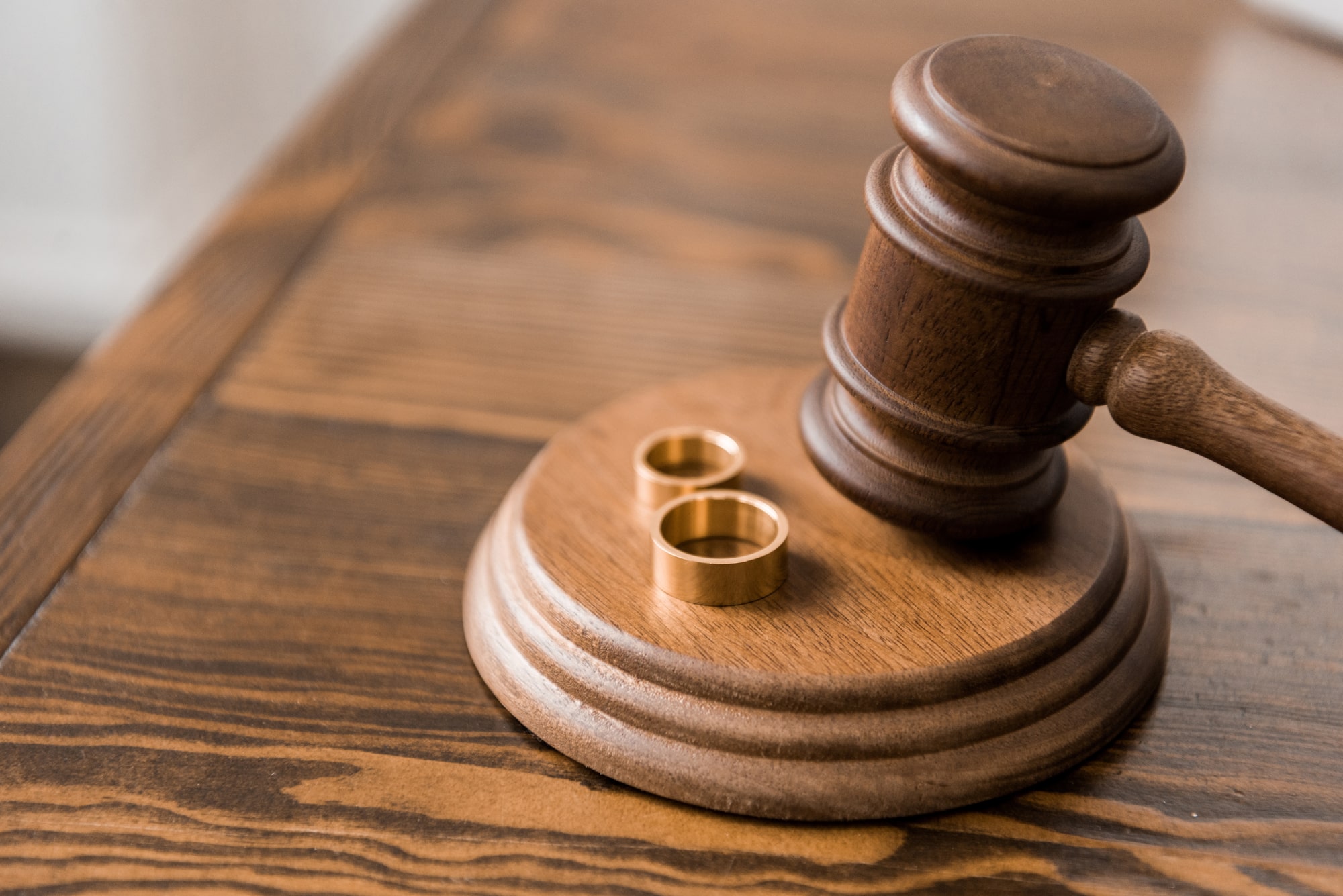If you have been a victim of violence, stalking, or abuse then you can file for a protective order keeping your abuser away from you. According to a family lawyer, there are different kinds of protective orders for different situations but generally speaking the protective order will order your abuser to:
– Not to hurt, threaten, or harass you or your children, either directly or through another person;
– To stay away from you, your family, your home, workplace, and children’s daycare or school;
– Not to carry a gun, even with a license; and
– Tracking or monitoring your personal property or car, or a member of your family or household, by using a tracking device or physically following you directly or through another person.
The judge can also order things such as drug testing, payment of child support, anger management courses, or other similar routes to help restore the family relationship.
Protective orders are also available for situations not involving family and abuse as the Brandy Austin Law Firm can explain: you can get a protective order from a stranger that has become a stalker, you could even get a protective order against a parent or family member other than a spouse.
How Do I Get A Protective Order?
There are a few ways to apply for one, starting with contacting your local county or district attorney’s court or a local attorney. An attorney is your best bet in applying for a protective order since they are experienced in the subject and can guide you through it as well as give you sound advice. In order to get a protective order you will most likely need to go to a court hearing. If you require the protective order as soon as possible you could get what’s called a “Temporary Ex Parte Protective Order” which will protect you until your court hearing date. The temporary protective order will not still be valid after your court hearing as you will need a more long term protective order. Most protective orders will last two years but depending on the circumstances a judge can choose to give a protective order longer than two years.
What Do I Need To Show?
It’s important to document dates of abuse or any potential stalking patterns you may have noticed in order to show proof and help your case in getting a protective order. In order to keep you safe, it’s best to apply for the protective order as soon as you can just in case things escalate and the situation becomes more dangerous.
What Happens If They Don’t Follow It?
If the abuser doesn’t adhere to the protective order then they can be arrested and charged with a crime, some charges even leading up to a felony charge if they violate the order multiple times. In some cases, the opposing person may agree to accepting a protective order but it is still required to go to court and be heard in front of a judge.
Your safety is extremely important as well as the safety of your family, so if you feel you may need a protective order don’t be afraid to reach out to an attorney and discuss your options regarding keeping yourself safe.

